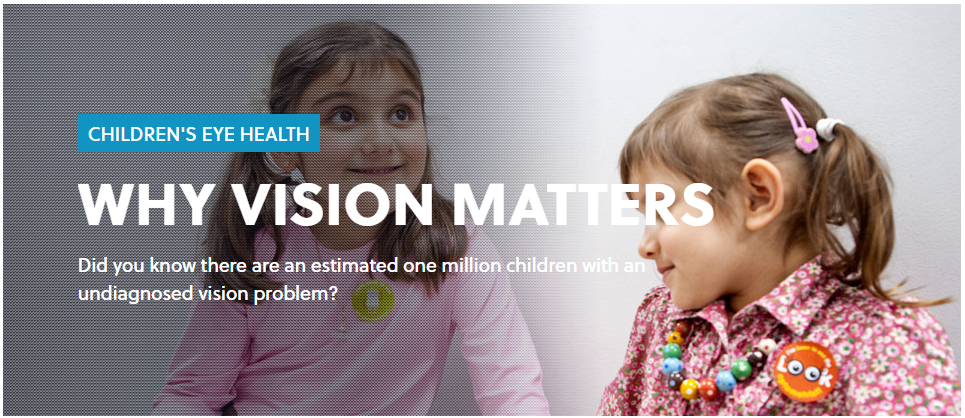As a member of NUKE, the Nystagmus UK Eye Research group, the Nystagmus Network is delighted to see the publication of a literature review of functional vision testing for Infantile … Continue reading Measurement of visual function in infantile nystagmus: a systematic review


